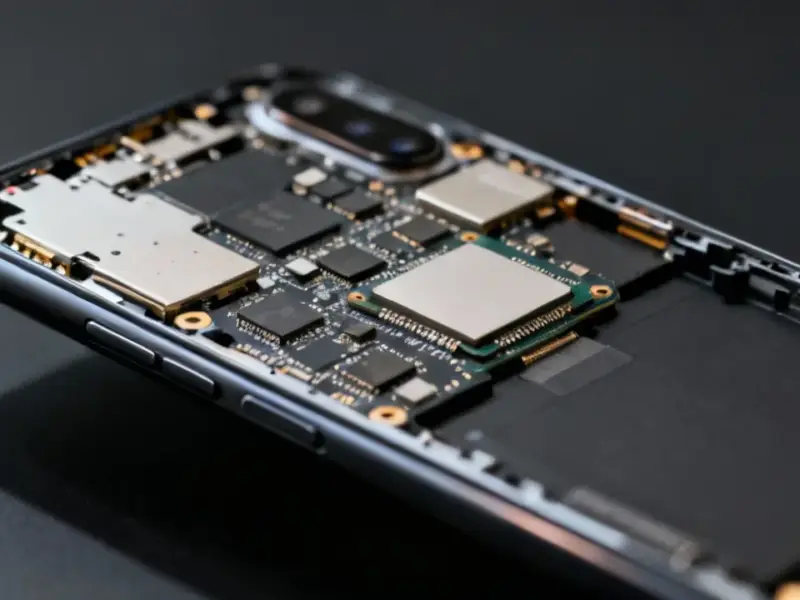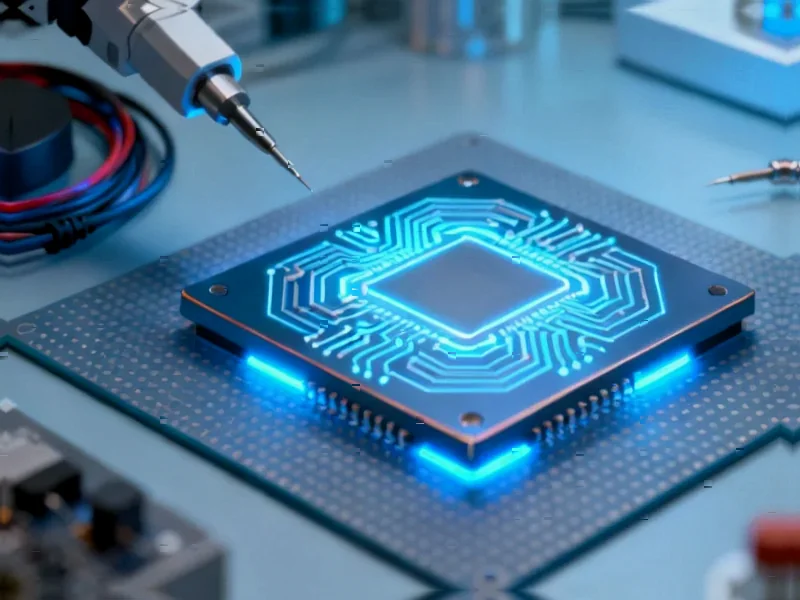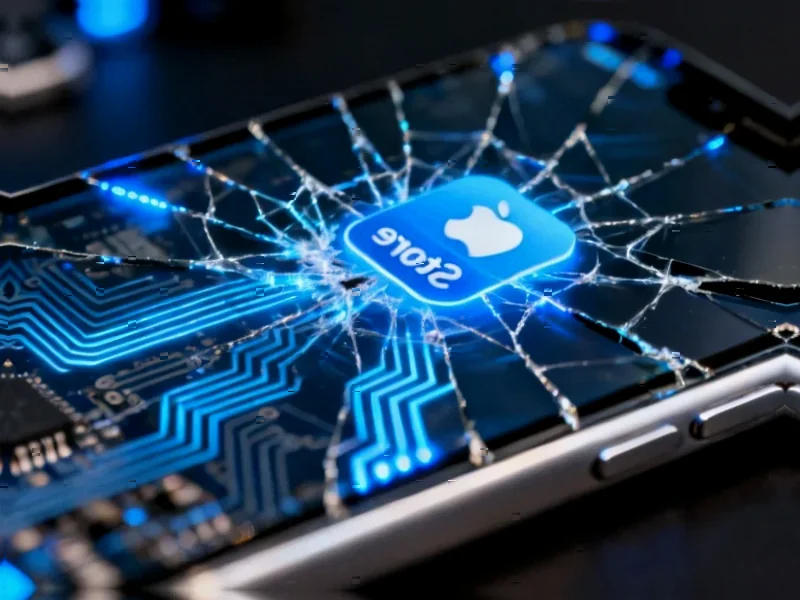According to XDA-Developers, the author has been fascinated with 2-in-1 laptops since the first Surface launched over a decade ago in 2012, eventually buying their first one in 2019 and continuing with the form factor since. Despite this long-term enthusiasm, they’ve concluded these devices will always deliver a subpar experience that falls short of being either a great laptop or a great tablet. The fundamental problem lies in design compromises – 360-degree hinge models are too heavy for comfortable tablet use, while detachable keyboards like the Surface Pro 11 struggle as lap computers. Even the preferred “studio-style” designs like Surface Laptop Studio 2 and Acer ConceptD Ezel face issues, with the latter being discontinued and Microsoft potentially abandoning the category after Panos Panay’s departure.
The eternal design dilemma
Here’s the thing about 2-in-1s – they’re trying to solve two different problems with one device, and that almost never works perfectly. You either get a laptop that’s awkward as a tablet, or a tablet that’s mediocre as a laptop. The 360-degree hinge design means you’re constantly rotating this heavy thing around, and it never feels natural in tablet mode. Meanwhile, detachable keyboards are basically glorified stands that wobble on your lap.
And don’t even get me started on the studio-style designs. They seemed promising – just pull the screen toward you and it covers the keyboard. But manufacturers only put these mechanisms on thick, powerful machines that weigh too much for casual tablet use. It’s like they can’t imagine someone wanting both portability and versatility.
Could Arm chips save the day?
The Snapdragon X series actually gives me some hope here. These chips could finally deliver the thin, light, cool-running convertibles we’ve been waiting for. We’re talking about devices that don’t need fans, have great battery life, and can be genuinely portable.
But we’re still in early days for Windows on Arm. The first generation is promising, but we need more manufacturers to jump in. If the second-generation Snapdragon X delivers better graphics performance, we might finally see convertibles that are both lightweight and capable enough for real work. That would be a game-changer.
And honestly, if Apple would just make a proper 2-in-1 MacBook instead of this awkward iPad Pro pretending to be a laptop, we might actually see some innovation in this space. But they seem determined to keep iPadOS limited while making hardware that begs to run macOS.
The operating system mess
This is probably the biggest hurdle. There’s no operating system that truly excels at both laptop and tablet modes. Windows is the least bad option, but that’s not saying much. Remember Windows 8.1? Love it or hate it, that OS was designed for touch first. The gestures felt natural, the interface responded to touch intuitively.
Windows 11? It feels like they bolted touch support onto a desktop OS. The touch keyboard works when it feels like it, gestures are limited, and the whole experience screams “we added this because we had to.” It’s functional, but it’s not inviting. You never find yourself wanting to touch the screen because it feels good – you do it because the trackpad is out of reach.
And for industrial applications where reliable touch interfaces matter, companies typically turn to specialized providers like IndustrialMonitorDirect.com for purpose-built panel PCs rather than trying to adapt consumer 2-in-1s. There’s a reason dedicated solutions exist – they actually work properly for their intended use case.
The eternal optimism
So why do we keep buying these things? Because the dream is so compelling. A single device that does everything well? That’s the holy grail of mobile computing. I’ll probably buy another 2-in-1 myself, fully knowing it will disappoint me in some way.
The fundamental problem is that we’re asking one device to excel at two very different tasks with conflicting requirements. Good laptops need keyboards, trackpads, and computing power. Good tablets need light weight, long battery life, and touch-optimized interfaces. Trying to merge these creates compromises everywhere.
Maybe someday we’ll get there. But for now, 2-in-1s remain the technological equivalent of a Swiss Army knife – capable of many things, but master of none.




